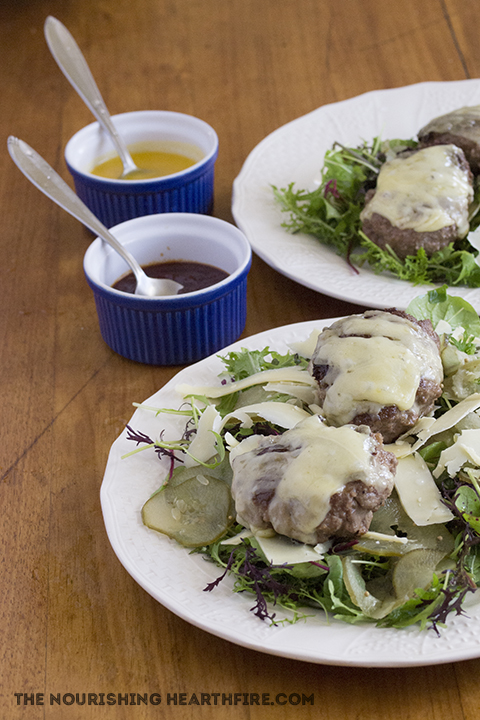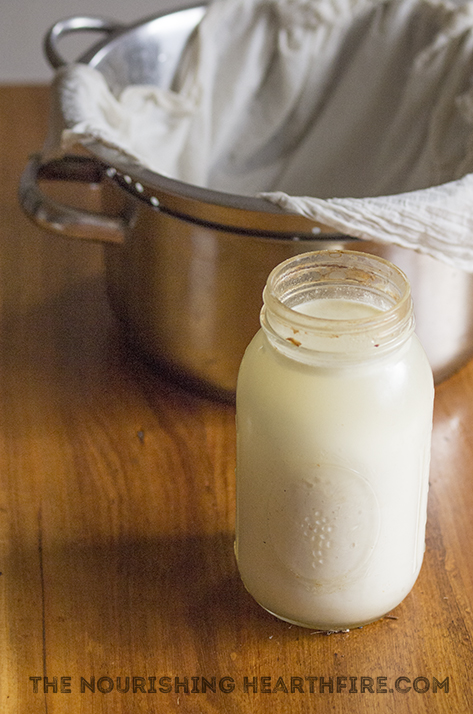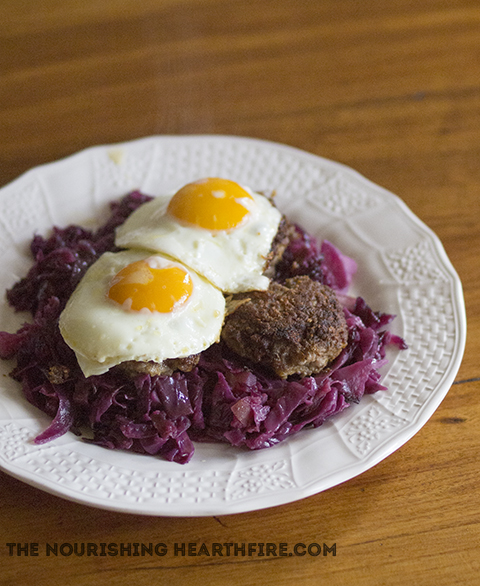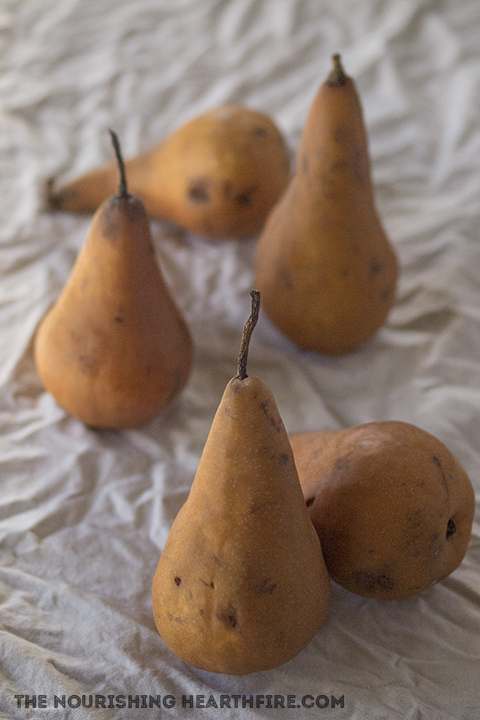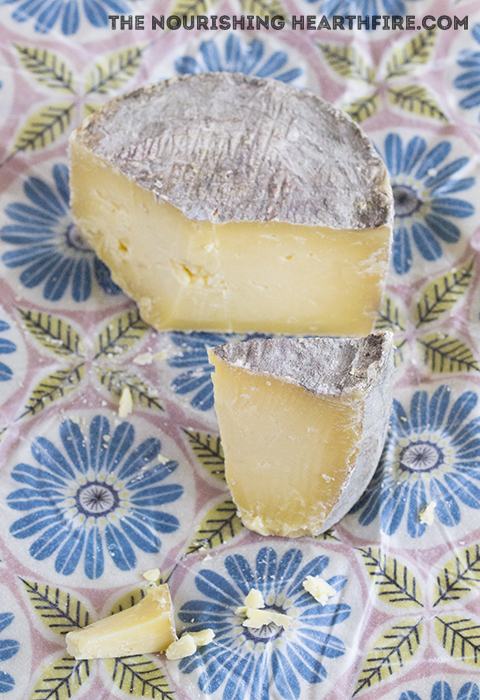
I’ve never successfully made a hard cheese with a natural rind before.
On a biodynamic fruit day, back when we still had Buttercup the cow, I mixed some of her milk with some of our goats milk, cultured it, sort-of followed an asiago recipe (I am not so good with all the continuous stirring), pressed it, salted it, and put it in the makeshift cheese cave to age. Roughly once a week, mostly on other biodynamic fruit days, I would tend to the cheese. I would rub more salt on it, brush it, to keep the growth of some things in check, and to help it form a rind. For months I looked at this cheese every week, wondering what it would taste like.
After around five months I cut into it. It’s probably the best cheese we’ve ever tasted!
Today I made this salad with it. Feta is really good in this, as is any hard cheese, or you can use chopped walnuts instead. This is a good salad to make ahead of time, it will keep in the fridge for a couple of days, just make sure the squash has fully cooled down before you add it to the spinach.
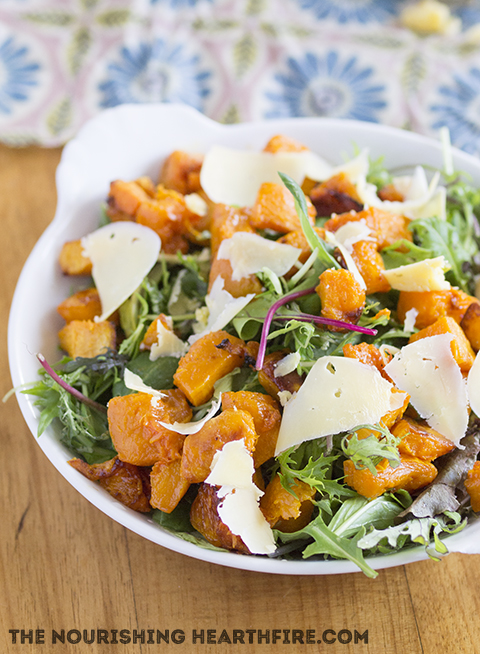
Roasted Butternut Squash and Spinach Salad with Cheese
Continue reading
